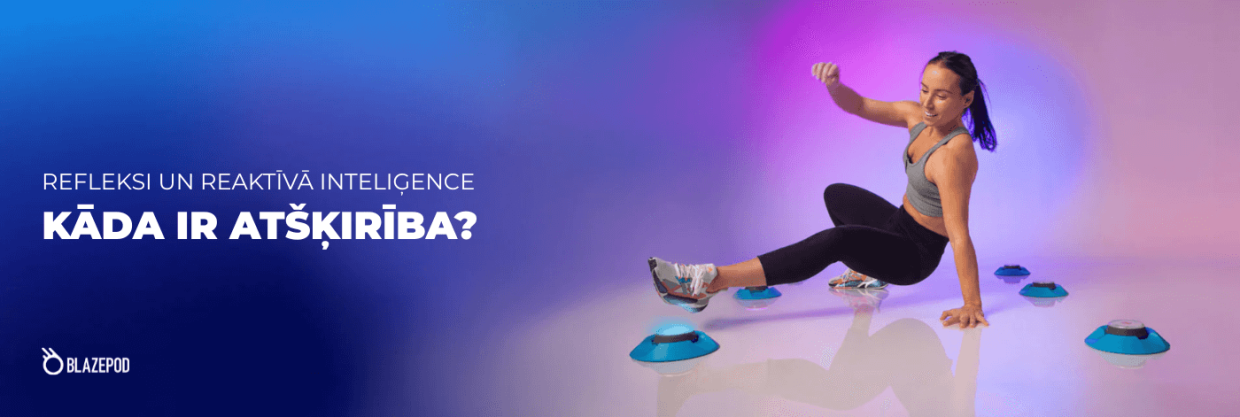Reflexive and Reactive Intelligence - what's the difference?

Reflexes and Reactive Intelligence – What’s the Difference?
Sometimes we witness how swiftly an athlete dodges a strike or how quickly we pull our hand away when we touch something hot. These reactions happen so fast that it seems the body moves even before we have time to think. This raises the question – can these rapid reactions, known as reflexes, be trained to become even faster and more precise?
To understand that, it's important to clarify what a reflex is, how it works, and how it differs from conscious reaction time.
What Is a Reflex?
A reflex is an unconscious, almost instantaneous movement in response to a specific stimulus. It is an automatic defense mechanism – like blinking when something approaches your face or pulling your hand away from a hot surface.
This type of reaction occurs without involving conscious thought – the nervous system sends a signal directly to the muscles, bypassing the brain’s conscious processing areas. This enables immediate action and provides protection.
A Common Misconception: Are Reflexes Trainable?
People often believe that repeating certain movements can improve reflexes. However, the reality is more nuanced. While we can improve movement speed and precision, we cannot train the reflex itself, as it is innate and biologically determined.
What we’re actually training is reactive intelligence – the ability to quickly perceive a situation, analyze it, and respond accurately. Unlike reflexes, reactive intelligence is adaptable and can be developed.
For example, a beginner driver might instinctively hit the brakes in panic, but with experience, they begin to anticipate situations and respond more effectively. This is reactive intelligence in action.
Reflexes in Sports: Not Just Automatic Movements
In sports, reflexes alone are not enough. Game situations are dynamic and unpredictable, and success often depends on the ability to think fast, not just move fast.
To win, an athlete must be able to adapt – to analyze what they see and make the right decisions at lightning speed. For example, a boxer doesn't just react automatically to punches but also reads the opponent's movements and adjusts strategy.
That requires more than reflex – that’s reactive intelligence training.
How to Develop Reactive Intelligence?
To improve reaction capabilities, the mind must be trained just as much as the body. Useful are exercises that simulate various, unpredictable situations. The goal – not just to move fast, but to think fast.
A great example is BlazePod – a light-based training system that helps develop reactive thinking. Light signals change randomly, and the athlete must respond accordingly – just like in a real game.
With over 200 different drills, this method can be adapted to various sports and training goals.
Why Is It Important to Understand How Reflexes Work?
Understanding reflexes and reactive intelligence is not just theoretical – it can significantly improve performance in sports and daily life. It helps not only to react quickly to familiar situations but also to be prepared for the unexpected.
By focusing on training the mind, it’s possible to reach a new level of growth – becoming not just faster, but also smarter, more confident, and more precise.
A reflex is a fast, unconscious reaction – a useful mechanism for survival. But real potential lies in developing reactive intelligence. It allows us not only to perform a movement, but to choose the right movement at the right moment.
By training the mind alongside the body, we can respond not only to the known but also adapt to the unknown. That’s where the key to mastery lies.
